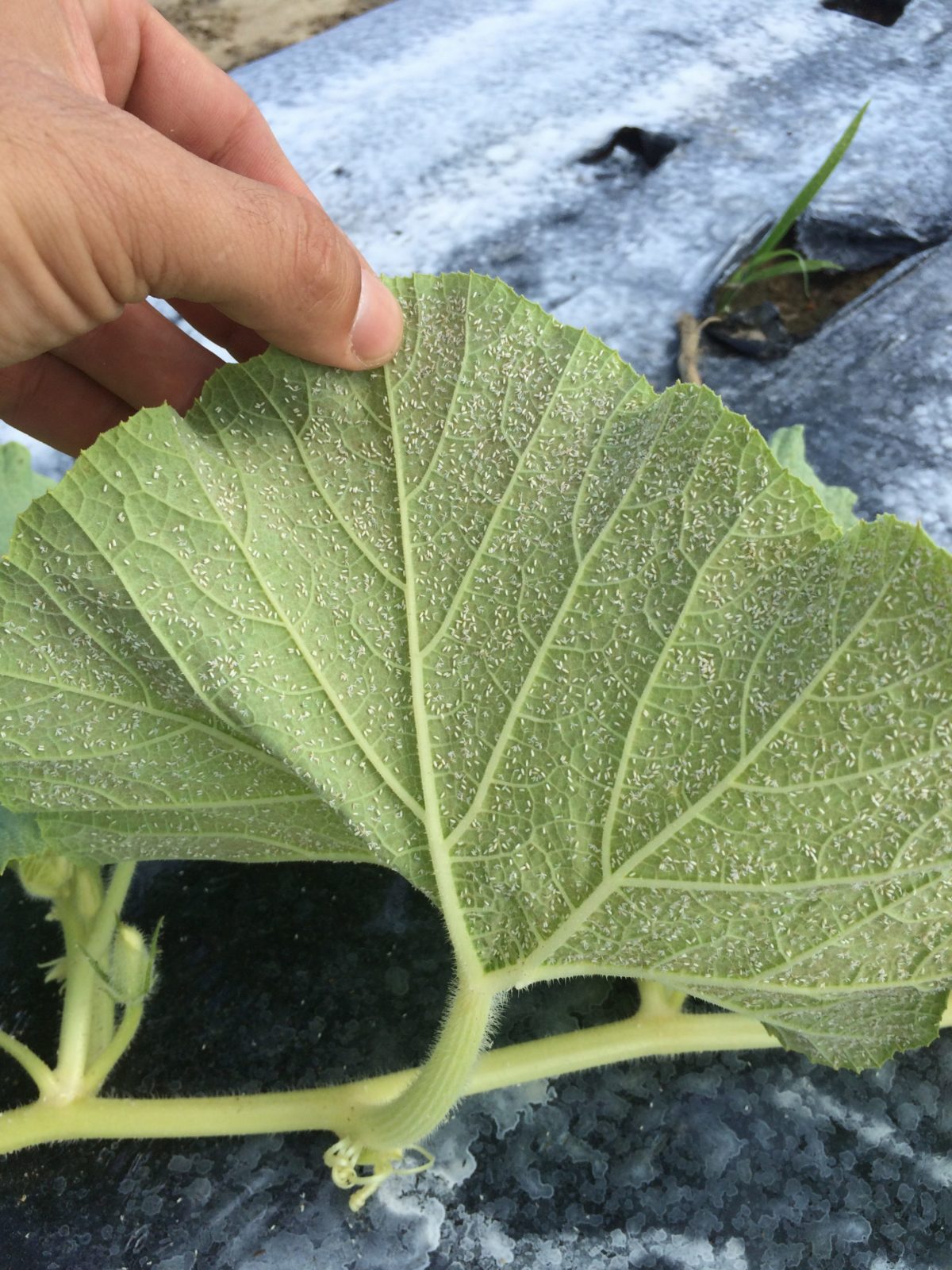It is never too early to start thinking about cucurbit disease management in Alabama. In the case of anthracnose, producers who are planting their crops are best served by utilizing resistant varieties, according to Ed Sikora, professor and Extension plant pathologist in the Department of Entomology and Plant Pathology at Auburn University. “I was just looking through the Southeast Handbook …
War of Deception: Consumer Awareness Key in Support of American Farmers
In the ongoing war between supporting local farmers against the influx of imports, American farmers need consumers to fight back. The significance of where food originates may never be more important than it is right now. With imports continuing to flood markets for various commodities, the end result is farmers contemplating selling their land. Others are wondering what else can …
Effectively Managing Pests While Protecting Pollinators
By Sylvia Willis, Amy Vu and Jamie Ellis Pollinators play an important role in the production of crops around the nation. Different crops rely on different techniques for pollination. Corn, for example, uses wind to carry pollen to female flowers, whereas watermelon depends on pollinators to deliver pollen. Pollinators include insects, birds and bats. Many fruits and vegetables result directly …
Sweet Rebound? South Florida Melon Producers Hope to Bounce Back
South Florida watermelon production could use a productive season following last year’s impact from COVID-19. Unfortunately, wind damage may derail farmers’ hopes. “Everything’s beat up from the wind and the cold. The crops that were planted super early more so than the ones that were planted late. I think if the weather stays like it is, the quality will be …
To Fumigate or not to Fumigate?
Excessive rains in February continue to impact South Georgia vegetable producers who are trying to plant this year’s crop. Some fields are still too soggy to apply fumigation, a necessary component of vegetable production in how it controls nematodes and other diseases like fusarium. Farmers are faced with the difficult decision that could impact yields come harvest season: Apply fumigation …
Long Wait: Solution for Citrus Greening Will Take Years
It may not be the news Florida citrus growers want to hear but it’s the reality of citrus greening. It is likely to be several years before a remedy is found and put in place to combat this destructive disease. Fred Gmitter, a University of Florida Professor in Horticultural Sciences, shared his assessment during a recent American Seed Trade Association …
Chilling Effect: Winter Weather Impacting South Florida Vegetable Production
Cool temperatures and wet conditions are impacting South Florida’s vegetable production. According to the South Florida Pest and Disease Hotline, yields are way below normal. As a result, prices have been good for various crops. “Volumes have been light with yields of many items 30% to 50% of normal or less,” the hotline reported. South Florida vegetable production has numerous …
Whitefly Numbers Increasing in Florida Vegetables
According to today’s release of the South Florida Pest and Disease Hotline, whitefly numbers are increasing in some older tomato fields across the southwest Florida region. As many as 5 to 10 whiteflies per leaflet have been detected. Whiteflies are also present in high numbers in cucumbers, squash and eggplant. They are beginning to show up in some young tomato …
Wind’s Blowing: South Florida Melons Progressing Amid Adverse Conditions
South Florida watermelons have been in the ground almost a month. Plants are progressing, but today’s cooler temperatures and strong wind has one farmer concerned potential gummy stem damage. “Right now, (plants are) looking pretty good. I’m just hoping that this wind doesn’t do a lot of damage. When your line is just starting to run a little bit and …
Enterprise Planning Budgets for Growers
By Kimberly L. Morgan and Tara Wade Wanna go fishin’? Have you ever wondered why we don’t ask who wants to go catching fish? Entrepreneurial adventures in farming may be compared to the distinction between fishing and catching any fish at all, regardless of hours spent throwing out a line, varying techniques, bait types, pole qualities and past experiences at …










